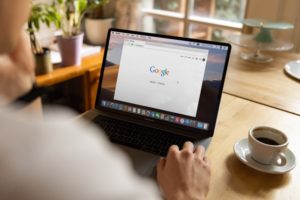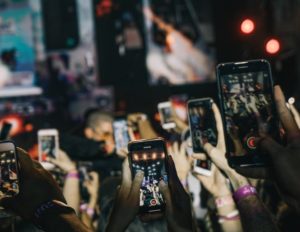By Ella Ford, Content Creator
Nobody enjoys delivering bad news. But there are better ways to do the deed than through an en masse thwacking via video call.
P&O Ferries is under sustained fire for sacking 800 employees without warning or consultation. Through a scripted and cold pre-recorded video call, crew across the entire UK fleet discovered last Thursday that it was their “final day of employment”. And despite references to a generous severance package being offered, full details have still not been given to newly redundant staff.
People have been quick to criticise – and with good reason. But while we all like to think our own business won’t land in a similar crisis, can we honestly say that our communication has always gone without a hitch, even when times are good? It is vital that workplaces establish a ‘norm’ for effective communication. Not only does it power productivity and build trust, but it also puts businesses and employees on the front foot when difficult conversations do take place.
Here are five evergreen tips for effective communication in the workplace:
1. Communicate with purpose
In today’s hybrid workplace, internal communications go far beyond the morning huddle and company-wide email. While you blend and switch between face-to-face and online communication, always be clear and precise. Think about to whom you are speaking, what you are going to say, and the core message you wish to express.
Also remember that less is more – especially now that the average professional receives over 120 emails per day! Do you have the proper digital tools to help cut through the noise?
2. Dialogue, not monologue
Good communication is not just about getting your own point across. It really is a two-way street, built on shared dialogue and mutual understanding. And the most productive conversations happen when everybody is empowered to both speak well and listen well.
Take the time to demonstrate that you’re actively listening, even when it’s through a screen. It’s an underrated skill, but when done correctly, active listening is a superpower. Not only does it help you digest more information, faster, but it also gives you the tools to build trust by making others feel understood and validated.
3. Keep it transparent
Open and honest communication is vital to any healthy relationship. No matter how challenging or uncomfortable it may be, make sure you’re consistently interacting with high levels of integrity. By normalising transparent communication, you are creating a culture of mutual trust and straightforward feedback in daily working life.
If there are possible changes on the horizon (good or bad), transparency is a powerful unifier. Forewarn people when bad news is on the table. Share what you know, when you know it – even when you don’t have all the answers.
4. Own your mistakes
Even the best communicators get it wrong sometimes. Whether it’s a casual oversight or a mistake that directly impacts others, it is always important to be honest and willing to own the mistake. Showing vulnerability is not a weakness but a core strength; it proves that you can put aside personal pride for the good of the team. Being able to admit when you are wrong is a trait that garners respect and sets a great example for others to follow.
5. Be empathetic
Remember, there is at least one person behind every email. Think about your audience and show understanding, concern, and care through your language. If you are breaking news, imagine how you would feel receiving it and what your own response would be. In face-to-face and virtual meetings, it may be easier to determine the tone of what is being said, but responses are often more instant and emotional. This is where active listening comes in. Accept and allow different perspectives and emotions from people and show that you genuinely care. A little empathy goes a long way, no matter how difficult the conversation.
If businesses treat their employees well and follow these communication essentials when things are running smoothly, they stand the best chance of riding out any potential storms before they evolve into a full-blown PR crisis.






